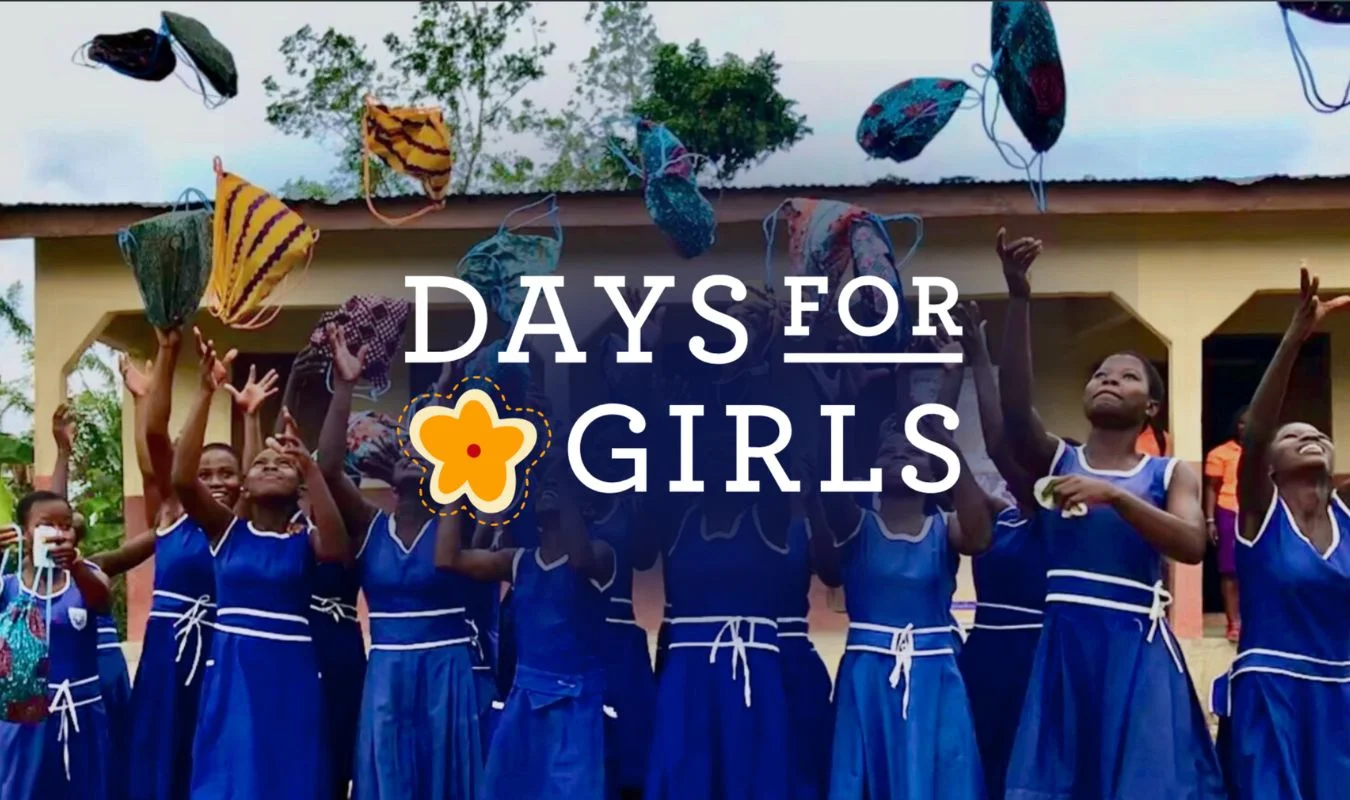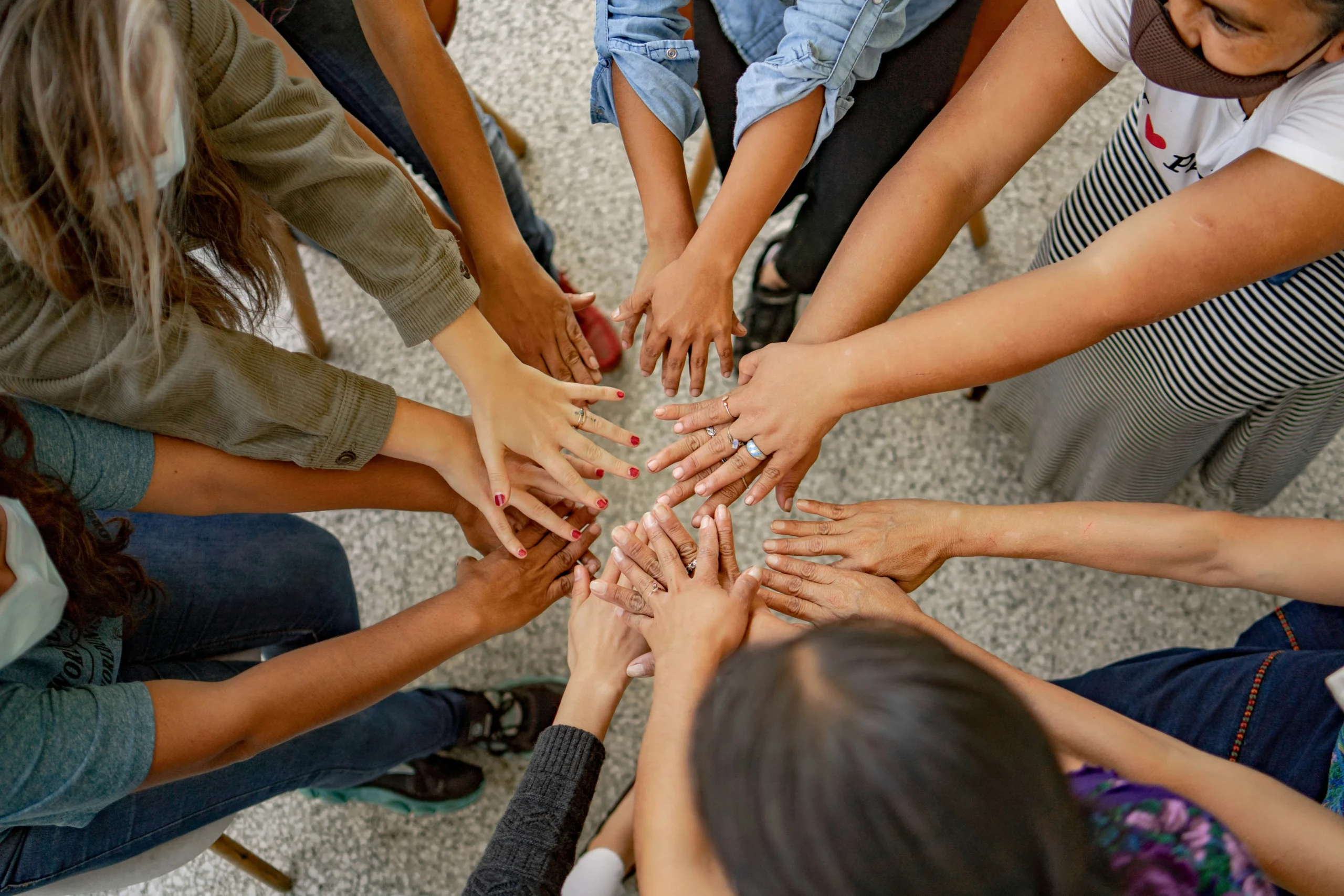December 28, 2016
Written by
50 Facts and Stats About The World Water Crisis
By John Hawthorne
- 1,800 child deaths every day are linked to water, sanitation and hygiene
- 2,000 children aged 5 and under die every day from a water-related disease.
- 783 million people do not have access to clean and safe water worldwide
- 1 in 9 people worldwide do not have access to safe and clean drinking water.
- 443 million school days are lost each year due to water-related diseases.
- Children in poor environments often carry 1,000 parasitic worms in their bodies at any time.
- Lack of clean water kills children at a rate equivalent to a jet crashing every 4 hours
- In developing countries, as much as 80% of illnesses are linked to poor water and sanitation conditions.
- Every 90 seconds a child dies from a water-related disease.
- 1 in 3 people, or 2.4 billion, are without improved sanitation facilities.
- There are 119 million in China and 97 million in India without clean drinking water
- 58% of total diarrheal deaths that could be averted through safe drinking-water, sanitation and hygiene
- 842,000 diarrheal diseases deaths per year result from unsafe water, sanitation and hygiene
- More than one-third of Africa’s population lacks access to safe drinking water
- 25-33% of Chinese do not have access to safe drinking water
- Sub-Saharan Africa has the largest number of water-stressed countries of any region
- While it takes about 12 gallons per day to sustain a human the average American uses about 158 gallons
- By 2050, 1 in 5 developing countries will face water shortages
- Half of the global population lives in countries where water tables are rapidly falling
- 85% of the world population lives in the driest half of the planet.
- In the past 10 years, diarrhea has killed more children than armed conflict since WWII.
- A five-minute shower uses more water than a person in a developing country uses in a day.
- Most of the world’s population spends up to 3 hours a day to get the water they need to survive.
- 27 percent of people living in cities do not have water piped into their homes
- If we did nothing other than provide access to clean water, we could save 2 million lives a year.
- In villages where access to clean water is provided, the infant mortality rate can drop by 50%.
- In just one day, more than 200 million hours of women’s time is consumed collecting water for domestic use.
- In some places, women have to walk nearly 10 kilometers to reach a water source.
- Clean drinking water would create 320 million productive days due to improved health.
- When walking to retrieve water, women are at greater risk of sexual assault and harassment.
- In Africa, every $1 spent on water and sanitation generates a return of $9 in saved time
- Women are responsible for 72% of the water collected in Sub-Saharan Africa.
- 10% of the global disease could be reduced through improved water supply, sanitation, and hygiene.
- Without clean water and sanitation, it is impossible to address poverty, hunger or AIDS.
- Women and girls often spend up to 6 hours each day collecting water
- $260 billion is lost globally each year due to lack of safe water and sanitation.
- Access to safe water and sanitation would result in $32 billion in economic benefits each year
- Time spent gathering water around the world translates to $24 billion in lost economic benefits each year.
- In low and middle-income countries, 1/3 of all healthcare facilities lack a safe water source
- More than 1/2 of all primary schools in developing countries don’t have adequate water facilities
- Globally, at least 1.8 billion people use a drinking-water source contaminated with feces.
- By 2025, half of the world’s population will be living in water-stressed areas.
- In the U.S., we spend $61 billion every year on clean bottled water.
- People living in slums often pay 5-10 times more per liter of water than wealthy people.
- A five-minute shower uses more water than a person in a developing country uses in a day.
- Without food a person can live for weeks, but without water one can expect to live only a few days.
- India has just 4% of the world’s fresh water — but 16% of the global population.
- Half of India’s water supply in rural areas is routinely contaminated with toxic bacteria.
- Lack of clean water is hurting India’s manufacturing sector, resulting in employment declines.
- You can help make a difference and fight the world water crisis today.

Have a story to share in the world of water, sanitation, and hygiene? Connect with our media team today!
Share Your Story
Sources:
- UNICEF – Children dying daily because of unsafe water supplies and poor sanitation and hygiene
- The Water Project – Water Scarcity
- Sea Metrics – Global water crisis facts
- Compassion UK – World Water Day
- Water One Worlds Solutions – Global Water Crisis Facts
- http://www.wateroneworldsolutions.org/Charity Water – Why Water
- Blue Planet Network – What makes clean water so important?
- Water – Facts About the Economic Importance of Safe Water
- Do Something – 11 Facts About Water in the Developing World
- Save the Water – Water Facts
- Watering Malawi – Global Water Poverty Facts
- The Globalist – India’s Water Crisis



